Death Valley
Trip to Death Valley over New Year’s weekend, 2015. First stop: The Ash Medows wildlife area.
Ash meadows is an alkali flat east of Death Valley. Hot springs feed small streams, which are the habitat of small desert pupfish.
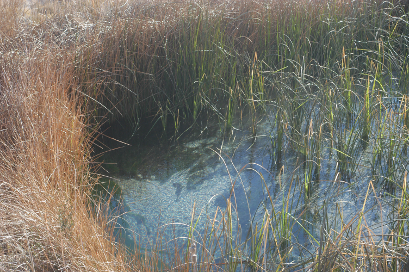
Here is the famous Devil’s Hole, only home of the highly endangered Devil’s Hole Pupfish. The instruments visible at one end of the pool are for remote monitoring of the water level in the pool. This photo is taken from a public-access viewing bridge over the hole, which is perhaps fourty feet above the water level.
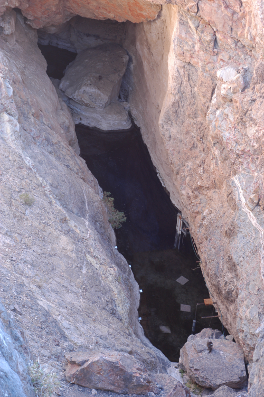
There are more Mesquite trees than Ash trees visible from the boardwalk, and most of them carry a heavy crop of mistletoe. (Looking quite dead or dormant this time of year).
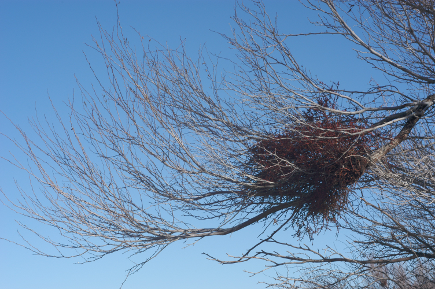
A closer view of mistletoe. Notice the white berries in the very center; these are spread from tree to tree by birds.
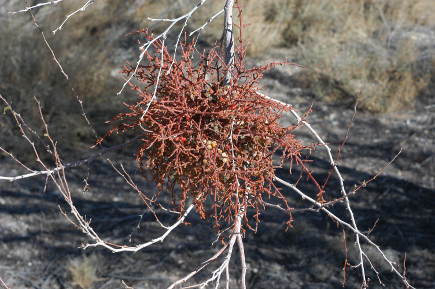
Then into Death Valley proper. A spectacular view can be had from the Dante’s View lookout. It’s a steep drive, but your reward is a vista of the entire valley.
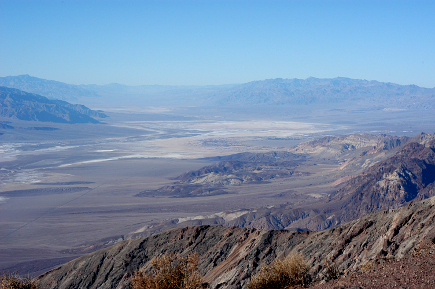
Stephanie taking some shots from Dante’s View
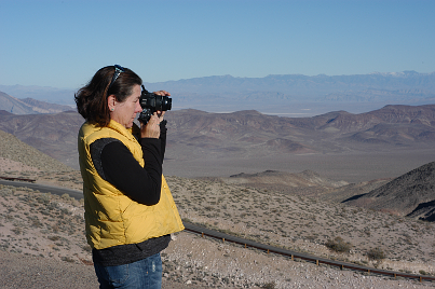
There are lots of things to see in the valley- old mining operations, salt flats, sand dunes, etc. But Death Valley is really about the rocks. Lots and lots of rocks. If you like rocks, this is your place. (But take note: January and February are the best months to visit. It has reached 134F in the summertime.)
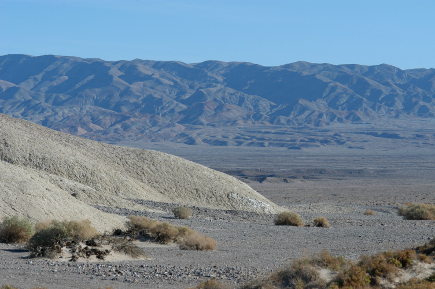
Various minerals cause these colors
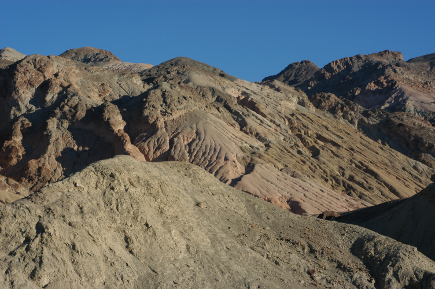
And these

And these

Some of the most spectacular colors are seen in the “Artists Drive” loop road in the park
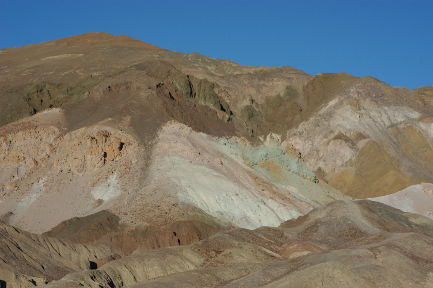
 John and Stephanie's photo blog
John and Stephanie's photo blog